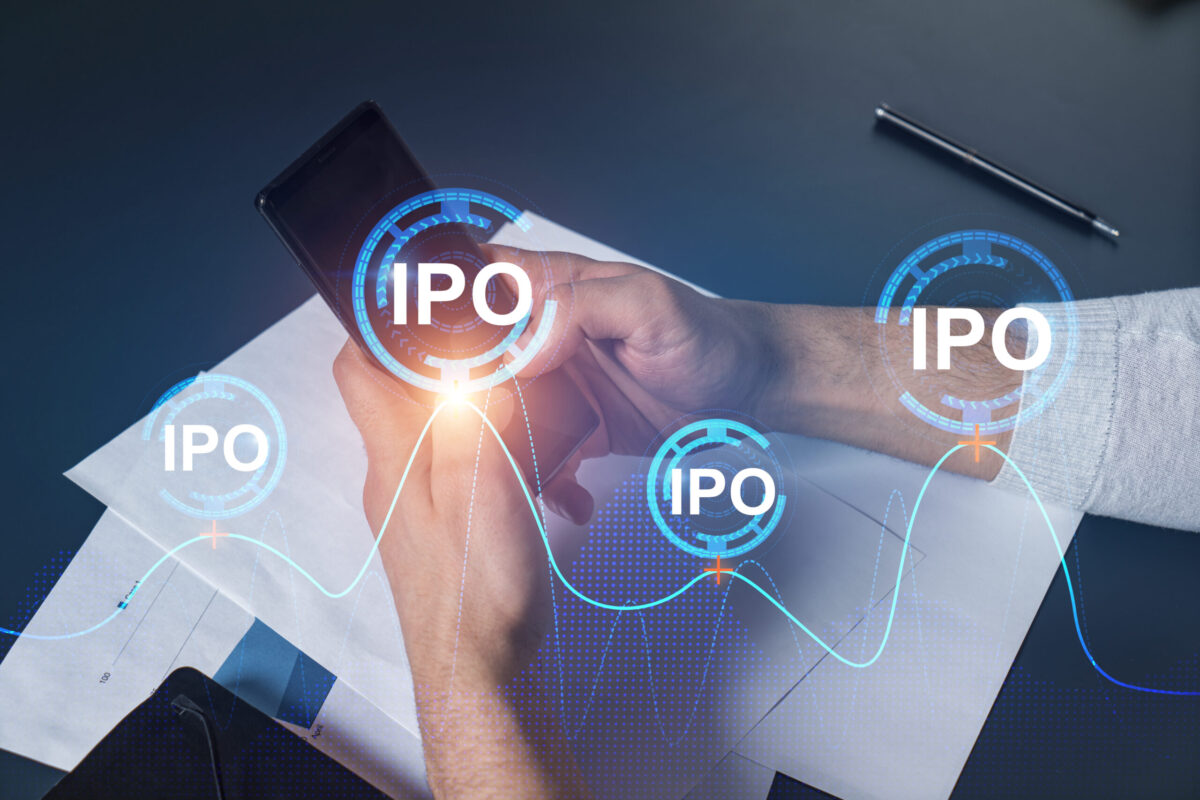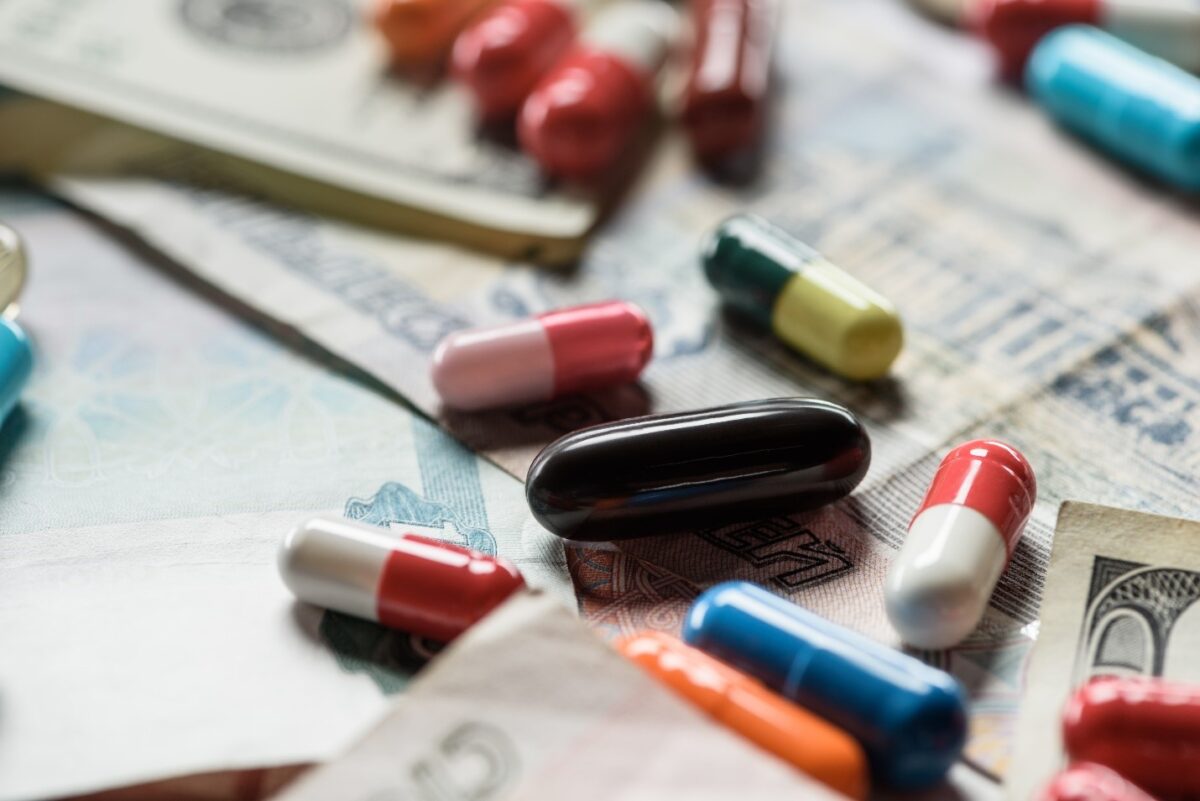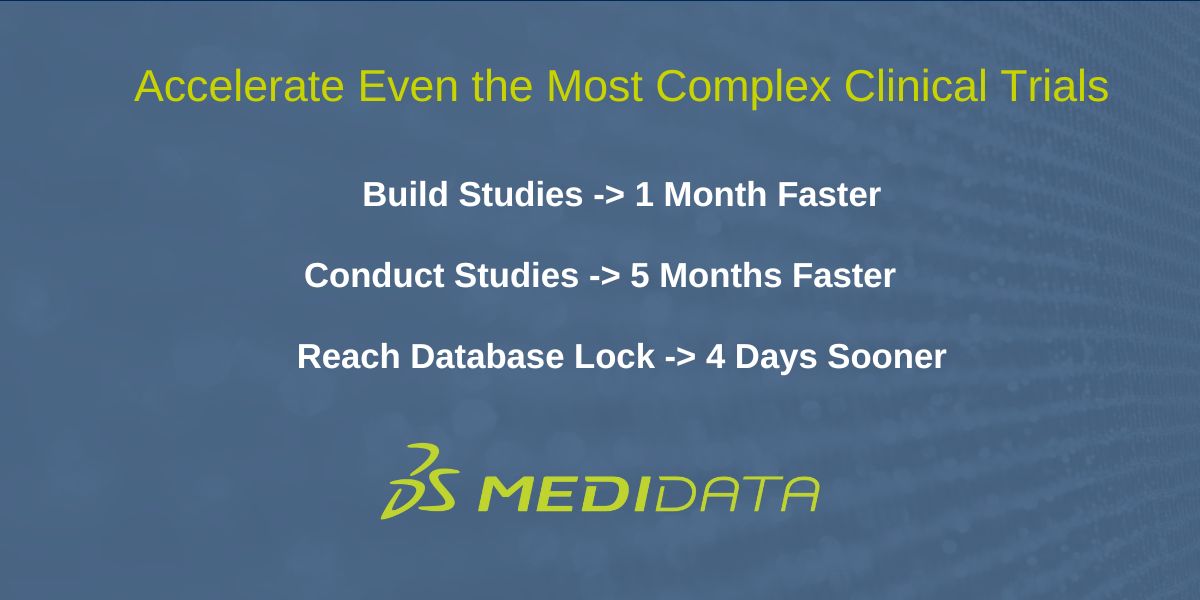In October 2022, Xtalks celebrated two decades of bringing diverse stakeholders in the life science industry together through first holding physical events, then soon after, hosting exclusively online events. In that time, we’ve gone from running 25 webinars each year to over 400, working with more than 800 expert speakers each year.
To celebrate this milestone, we’re taking a look back over the last 20 years in the pharmaceutical industry by highlighting some of the most talked-about mergers, blockbuster drugs, trends in FDA approvals and what’s next.
Check out the infographic that accompanies this article for more pharmaceutical industry data, along with statistics that demonstrate Xtalks as the go-to source for professionals in the life science industry. Our webinars have become a key vendor-selection tool for decision-makers across the drug development pipeline — from discovery to commercialization — which is why all ten of the top ten contract research organizations (CROs) have worked with Xtalks.
No matter how you’re looking to communicate your expertise in the life sciences, your audience is already here, so contact us to become an Xtalks partner. And make sure you’re registered for our free online community for instant access to thousands of on-demand webinars.
Pharmaceutical Industry Mergers & Acquisitions
The pharmaceutical industry has been no stranger to change over the past 20 years, with high-profile, high-value mergers and acquisitions changing the landscape considerably. In 2002, Pfizer acquired Pharmacia in a massive $60 billion deal which was largely motivated by its desire for full ownership of Celebrex (celecoxib), its blockbuster arthritis drug.
Two years later, Sanofi dwarfed the Pfizer-Pharmacia acquisition by buying out fellow French drugmaker Aventis for $65 billion. The deal was surrounded by controversy as Swiss pharma Novartis was pushed out of the running by the French government, which reportedly sought to keep the companies’ combined economic power within the country’s borders.
In 2006, Pfizer sold its consumer arm to Johnson & Johnson before merging with fellow US-based drugmaker Wyeth in 2009 in a mammoth $68 billion deal. Within 2009 and 2010, Swiss pharmas Roche and Novartis acquired Genentech and Alcon, respectively. Roche had been a majority stakeholder in Genentech since 1990. However, Alcon has since separated from Novartis in 2019 and is now operating as a standalone eye care company.
2014 saw multiple business unit buyouts in the industry, with Novartis acquiring GlaxoSmithKline’s oncology arm and Bayer taking over Merck’s consumer health business. In turn, GSK regained full control of its joint consumer health business with Novartis in 2018.
In 2015, Pfizer acquired Hospira. While not a record-breaking deal at $17 billion, the buyout strengthened Pfizer’s injectables business unit with the company reporting an 11 percent increase in revenue the following year.
The years that followed have seen a rise in large pharma companies acquiring much smaller biopharmas with a narrow focus on rare disease therapeutic development. In the span of two years, there was a flurry of these types of David-and-Goliath acquisitions, including Johnson & Johnson buying Actelion, Gilead Sciences gaining Kite Pharma and Takeda Pharmaceutical acquiring Shire.
In 2019, BMS acquired Celgene in a $74 billion deal. And in 2020, AbbVie bought out Allergan for $63 billion, four years after Allergan and Pfizer abandoned their planned megamerger after a years-long will-they-or-won’t-they courtship.
However, this consolidation of power hasn’t been isolated to the drug companies themselves; contract research organizations (CROs) have also been coming together to form clinical trial powerhouses over the last decade. In 2015, LabCorp acquired Covance, and Quintiles and IMS Health formed a joint venture in 2016, dubbed IQVIA. ICON acquired PRA Health Sciences in 2021, the same year that Inotiv acquired Envigo. And Thermo Fisher Scientific bought out PPD in 2021.
One thing that’s stayed the same: Pfizer has been on the list of the top 3 largest pharmaceutical companies in the world by revenue since 2002, occupying the top spot in both 2012 and 2022.
How has Pfizer secured their spot? It doesn’t hurt that the company is behind some of the best-selling, most-recognizable branded drugs in its 147-year history, like Lipitor (atorvastatin calcium), Viagra (sildenafil), Celebrex (celecoxib) and Lyrica (pregabalin). Pfizer is also the co-developer of what is arguably the most successful COVID-19 vaccine rollout.
But what has given Pfizer staying power in the ultra-competitive pharmaceutical industry is its continued investment in R&D, parleying its colossal earnings into developing new treatments that will continue its legacy.

Top-Selling Drugs by Year
It’s no surprise that the best-selling drug of 2022 was Pfizer/BioNTech’s COVID-19 vaccine, Comirnaty (COVID-19 vaccine, mRNA). Pfizer reports that two-dose Comirnaty — colloquially referred to as the “Pfizer vaccine” — is “the most widely used COVID-19 vaccine in the US,” citing data from the CDC. Just shy of 400 million doses have been administered in the US alone. For context, 250 million doses of Moderna’s original version of its COVID-19 vaccine, Spikevax have been administered in the country — nearly half as many as Pfizer’s offering.
Of course, this modern-day bestseller is quite different from the blockbuster drugs of 10 and 20 years ago. In 2012, AstraZeneca’s Nexium (esomeprazole) was the top-selling drug in the US. The proton-pump inhibitor is designed to reduce stomach acid levels, thereby treating digestive conditions like gastroesophageal reflux disease (GERD).
And a decade earlier, in 2002, Pfizer’s Lipitor (atorvastatin calcium) reigned supreme. The cholesterol-lowering statin received its biggest boost in sales when a study found it was linked to a lower risk of heart attacks among those with heart disease.
Drug Development is More Expensive than Ever Before
It was once the aim of big pharma to develop small molecule drugs that collected indications like Pokémon cards in order to have the broadest possible patient population that would benefit. More potential patients equal more prescriptions which equals higher sales and bigger profits. And the ultimate goal would be for a drug to reach “blockbuster” status once it was pulling in over $1 billion in sales each year.
The aforementioned cholesterol-lowering pill Lipitor (atorvastatin calcium) has contributed to Pfizer’s survival over the years, bringing in nearly $95 billion in US sales between 1992 and 2017. But as patents on best sellers have been expiring over the last decade, generic competition has chiseled away at profits even if these less-expensive competitors haven’t bumped the branded medication off of the blockbuster list altogether.
At the same time, the industry has seen a massive shift from a “one-pill-fits-all” style of drug development to a precision medicine focus. By nature, this change severely narrows the patient pool likely to benefit from a new treatment. In addition, these drugs can be more complex to develop and push through the clinical trials process, causing R&D costs to add up quickly.
In fact, R&D expenditure in the pharmaceutical industry has tripled in the last 20 years, growing from $68 billion in 2002 to $238 billion in 2022. Controlling for inflation, this represents a 53 percent increase in investment in pharma R&D in the past two decades. One reason innovation costs more today than it did in the early 2000s is because of the rising number of large biologic drugs in development requiring specialized manufacturing conditions.
And drugmakers are using their R&D expenditure to justify setting astronomically high list prices for new therapies. Just last year, the FDA approved a one-time gene therapy treatment for hemophilia B priced at $3.5 million, making it the most expensive drug in the world.
Hemgenix (etranacogene dezaparvovec), developed by CSL Behring, is a gene therapy that allows patients with moderate-to-severe hemophilia to produce their own factor IX, a clotting factor important in controlling bleeding. While the company maintains that Hemgenix will ultimately offer a cost savings to the US healthcare system by eliminating the need for these patients to receive weekly injections of factor IX, this case has added renewed vigor to the conversation around drug pricing.
New Drug Approvals Are on the Rise
In 2002, the FDA approved a combined total of 17 New Molecular Entities (NMEs) and Biologics License Applications (BLAs). In 2022, this number increased by 64 percent to a total of 37 new drug approvals.
Of course, the upward trend in new drug approvals hasn’t followed an exponential — or even a linear — trajectory. For instance, between 2002 and 2004 there was a steady rise in new drug approvals each year (17, 21 and 36, respectively); however, 2005 saw a dip back down to just 20 new drugs and biologics approved. The following five years saw the number of drug approvals consistently hover between 18 and 26 per year before shooting up to 30 and 39 approvals in 2011 and 2012, respectively.
For a few years it seemed as though new drug approvals would continue to climb year after year, reaching the mid-forties by the end of 2015 fiscal year. But 2016 brought with it a steep drop in new drug approvals — nearly 50 percent over the previous year. So, what was the reason for this decline? According to Dr. John K. Jenkins, the Director of the Office of New Drugs (OND) at FDA’s Center for Drug Evaluation and Research (CDER) from 2002 to 2017, unrealistic expectations based on 2015’s 45 drug approvals may be at least partially to blame.
He also cited the fact that five drugs slated for review in 2016 were approved ahead of schedule, adding to the total for 2015. In addition, 2016 saw a six-fold increase in the number of complete response letters sent to drugmakers compared to 2015, requiring companies to take additional measures before the regulator would consider approval.
And while Dr. Jenkins warned that over 40 NME approvals in any given year would not be expected to be the “new normal” going forward, the regulator has maintained this approval benchmark since 2017 with new approval numbers skyrocketing into the high-40s and even 50s every year since, with the exception of 2022.
The FDA even managed to approve 53 new drugs in 2020, a remarkable feat considering the challenges imposed on the agency as a result of the COVID-19 pandemic. And while approval numbers dipped to 37 in 2022, there were still 20 more new treatments approved last year compared with 20 years ago.
The Pharmaceutical Industry is Facing Increasing Pressure from Healthcare Reformers
Pressure to get drug costs under control has been steadily building in the US for at least a decade. There’s been a 20 percent increase in the average launch price for new drugs every year since 2008, according to a research letter published in the Journal of the American Medical Association (JAMA). The letter also reported that mean launch prices of drugs increased by 13 percent every year when drug characteristics were adjusted for (such as biologics vs. small molecules, Orphan Drug Act designation for rare conditions vs. non-rare conditions, and others), which is still a substantial increase. In addition, nearly half of all new drugs launched between 2020 and 2021 came with a price tag of $150,000 per year, or more.
Increased competition from generics and biosimilars has also prompted widespread change within the industry. And with the slow trickle of biosimilars being granted interchangeable status, innovator pharmas are having to do more to ensure their product is the one filed at pharmacies.
The pharmaceutical industry has seen tremendous change in the past 20 years. In this time, many safe and effective drugs have entered the market and improved patients’ lives, but it’s also brought to light some formidable challenges, such as global health and infection prevention, equitable access to healthcare and supply chain weaknesses.
The COVID-19 pandemic was a turbulent time for the pharmaceutical industry, with supply chain disruptions and regulatory challenges impacting companies’ ability to reliably deliver safe and effective medicines to patients. With our decades of experience in the digital events space, Xtalks was well-equipped to meet the spike in demand following stay-at-home orders in 2020 to continue to deliver high-level, informational and educational webinars to professionals in the life sciences when they needed it most.
As a result of our reliability and expertise, we’ve experienced exponential growth of the Xtalks community in the last three years, allowing our partners to reach a wider audience.
In addition to facilitating webinars with thought leaders in the industry, Xtalks has expanded our offerings to include timely and in-depth editorial content, videos, podcasts and an industry-dedicated job board. On average, a new member joins the Xtalks community every 20 minutes, and our members span the globe representing 95 percent of all countries.
By being at the forefront of digital media, Xtalks is looking forward to continuing to bring the life science industry together. Want to be a part of this shared future? Contact us to learn more about partnership opportunities.
And if you haven’t already, make sure you sign up for a free Xtalks account to take advantage of exclusive, members-only benefits.












Join or login to leave a comment
JOIN LOGIN